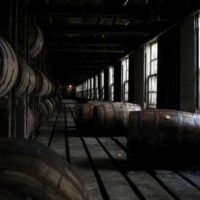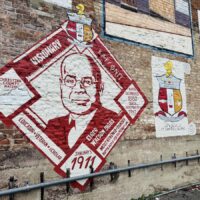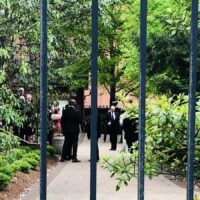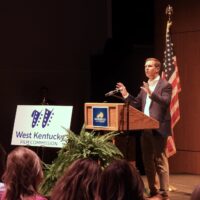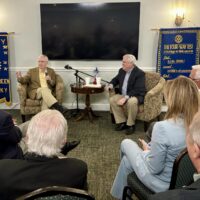The first Kentucky Derby covered live on a radio broadcast was in 1925, when an estimated 5 million listeners heard that a black colt named Flying Ebony had won the premiere race for thoroughbreds on a muddy track at Louisville’s Churchill Downs.
Listeners in Christian County who knew of Flying Ebony must have been ecstatic.
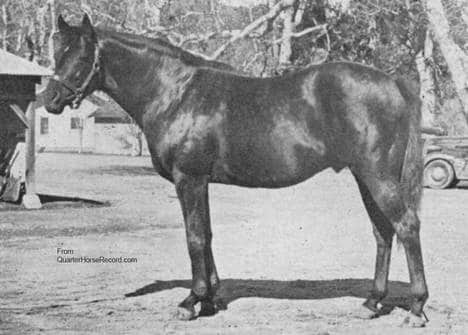
Two years earlier, Christian County horseman Lucian Moseley had sent the young horse on a train from Hopkinsville to New York for the thoroughbred yearling auction at Saratoga. Moseley was co-owner of the colt with legendary Lexington breeder John Madden, who owned the colt’s dam, Princess Mary.
The colt sold for $21,000, which was split between Moseley and Madden, according to an Athenaeum Society paper in 1974 by the late Dr. Thomas L. Riley, who was president of Hopkinsville Community College. Riley had interviewed Moseley’s widow, who said Madden consigned Princess Mary to her husband around the time he established his Riverview Farm on Pembroke Road in the area of today’s Skyline Drive.
The consignment meant Moseley was responsible for boarding and caring for the broodmare, who was bred to The Finn — the sire who was possibly with another Christian County breeder, Herbert Stud Farm on Bradshaw Road owned by John H. White. Madden was at least part owner of The Finn. According to “A History of Christian County, Kentucky” by Charles Meacham, White and other breeders leased The Finn from Madden in the early 1920s.
Riley’s paper and other sources say Princess Mary’s colt was foaled at Moseley’s farm and remained there until leaving for the yearling auction. A New York businessman, Gifford Cochran, purchased the colt at Saratoga.
On Derby Day, Flying Ebony was grouped with a mutuel field for the purposes of betting. There were 20 horses in the Derby, and the mutuel field reduced the number of betting options.
During the post parade from the paddock to the starting gate, heavy rain poured at Churchill Downs and the track quickly became muddy.
Flying Ebony had failed to win a stakes race in his entire career before the Derby. Another knock on the colt’s apparent chances was his jockey, Earl Sande, who was coming back from a serious racing accident. About eight months earlier, in a spill at Saratoga, he broke eight ribs, his collarbone and a thigh bone in two places.
But on May 16, 1925, Flying Ebony and Sande were ready for the mud and the doubters. The colt won by 1 1/2 lengths. A $2 win ticket on the field that included Flying Ebony paid $8.30.
White, the local breeder who leased Flying Ebony’s sire for his Bradshaw Road farm, wrote a poem about Christian County’s connection to the Derby winner. It was published in the Kentucky New Era a few days after the race.
He wrote:
He was bred in old Kentucky
Where the bluegrass doesn’t grow
But the scent of Pennyroyal
In all the breezes blow
He was raised on sprouts of sas’fras
This offspring of The Finn’s
And the people at the Derby yelled,
“Ye gods. Old Pennyrile wins”
After his racing career, Flying Ebony sired 279 thoroughbreds. According to American Classic Pedigrees’ website, only 3% of his offspring won stakes races — or the higher grade of thoroughbred races.
Flying Ebony was humanely destroyed in 1943, at the age of 21. His last owner, Charles Perkins, had left instructions for the horse to be put down no more than a month after his death “for fear that the aging horse would not be properly cared for by another owner.”
Today, Flying Ebony’s Kentucky Derby trophy remains on permanent display in the Kentucky Derby Museum at Churchill Downs. It is the oldest Derby trophy known to be in existence.
Jennifer P. Brown is co-founder, publisher and editor of Hoptown Chronicle. You can reach her at editor@hoptownchronicle.org. Brown was a reporter and editor at the Kentucky New Era, where she worked for 30 years. She is a co-chair of the national advisory board to the Institute for Rural Journalism and Community Issues, governing board past president for the Kentucky Historical Society, and co-founder of the Kentucky Open Government Coalition. She serves on the Hopkinsville History Foundation's board.
